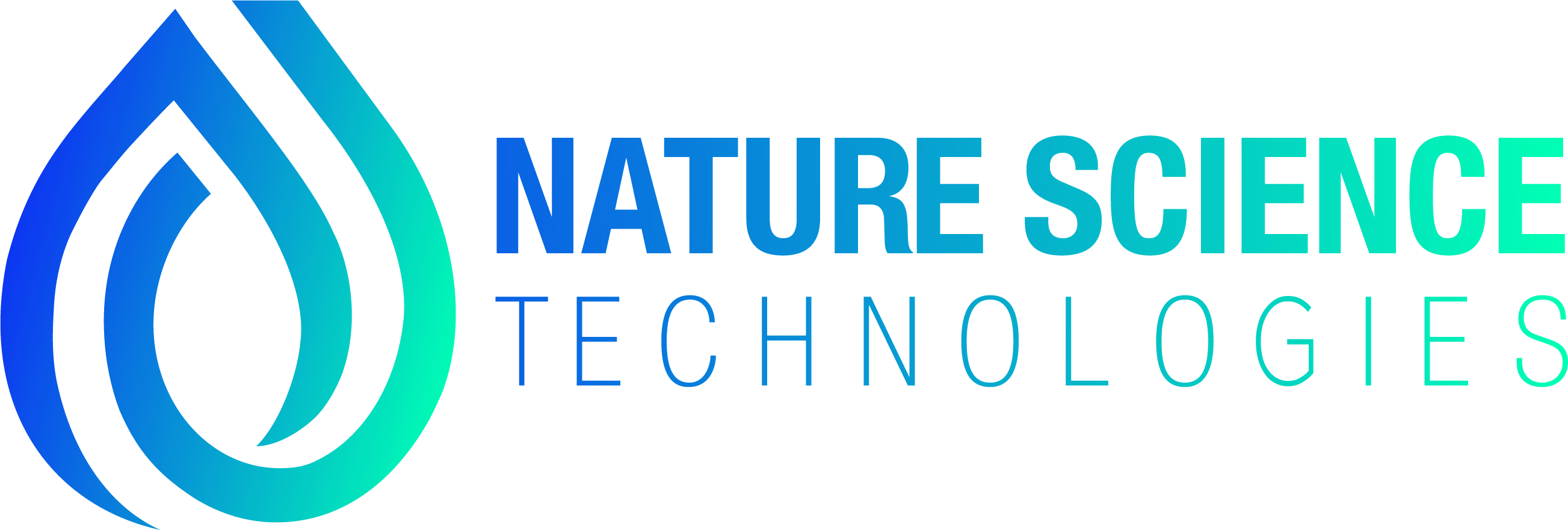Natural compounds against diabetes
According to World Health Organization, around 422 million people have been diagnosed with diabetes and 1.5 million deaths are attributed to this illness.
Diabetes can be categorized into two types:
- Type 1 – caused by β cell destruction that leads to insulin deficiency
- Type 2 – either pancreas does not produce enough insulin or cells respond poorly to it
Although similar, the major difference between both of them is that type 1 is innate, but type 2 can develop in your lifetime.
About 90% of the people affected with diabetes have type 2 and this number will only increase. It is estimated that by the year 2040, 645 million people will have it due to aging, urbanization, and lifestyle changes.
With the increasing numbers in an alarming way, medicinal chemists are fast-tracking many new synthetic anti-diabetic drugs aimed at several mechanisms – PPAR-γ agonists, α-glucosidase inhibitors, DPP-4 inhibitors, SGLT2 inhibitors, dopamine-2 agonists.
However, taking into account the high diversity of natural compounds that nature is producing, there are several scientific groups looking into this enormous pool of compounds so keep on reading to learn more about such antidiabetic natural compounds.
Compounds exhibiting antidiabetic activity
There have been multiple studies looking into natural compounds, that exhibit anti-diabetic properties. Some of the most popular compounds that are studied are quercetin, oleanolic acid, kaempferol, ursolic acid, rutin, luteolin, mangiferin, isovitexin, ferulic acid, betulinic acid, and many more.
Triterpenes with antidiabetic activity
Due to the similarities with human hormones, triterpenoids have been expected to perform as antidiabetic drugs. For example, betulinic acid has been identified to exhibit antihyperglycemic properties in STZ-induced diabetes rats.
Together with other triterpenoids like ursolic and oleanolic acid, these compounds have been identified to activate the AMPK pathway which in hand increases glucose uptake. Furthermore, oleanolic acid has demonstrated insulin-mimetic action through the uptake of glucose in rat soleus muscles and inhibition of PEPCK mRNA transcription in H4IIE cells.
Lupeol has been associated with inhibition of α-glucosidase and dipeptidyl peptidase 4 which could be useful as a drug treatment against type-2 diabetes.
Flavones with antidiabetic activity
Flavones have exhibited a wide variety of biological activity and have been obviously studied as antidiabetic agents as well. For example, apigenin has shown the ability to increase GLUT4 translocation, which in hand improves glucose transportation through cell membranes. It has also been identified as PPAR-γ agonists and has increased insulin release.
Isovitexin has shown an antihyperglycemic effect in alloxan-induced diabetic rats. It increased insulin secretion as well as glucose uptake in muscles.
Kaempferol has exhibited the ability to increase glucose uptake in several cell types. It was identified to work through partial inhibition of the PPAR-γ receptor or inhibition of α-glucosidase and α-amylase.
Phenylpropanoids with antidiabetic activity
Similar to flavonoids, phenylpropanoids have been extensively studied for their biological activity, also as antidiabetic medications.
Compounds like 3,4-caffeoylquinic acid and caffeic acid have shown potential as antidiabetic drugs as α-glucosidase inhibitors. Caffeic acid has also exhibited activity to inhibit PEPCK expression in H4IIE cells.
Scientists have shown that ferulic acid can induce an antihyperglycemic effect in HFD-induced diabetic rats. It showed an inhibitory effect on inflammatory markers and fetuin-A which is responsible for insulin resistance. Also ferulic acid has shown increased uptake of glucose and decrease of insulin resistance in L6 cells.
Conclusion
A vast amount of natural compounds exhibit biological activity against type-2 diabetes. With the increasing numbers of people affected by this, we are going to turn our attention to nature even more for healthy and promising alternatives to synthetic drugs. If you wish to contribute to this field of research, visit our store for high-quality natural compounds with anti-diabetic activity.



